 It was 1965 and my family and I were living in Cornwall. My dad had been stationed there with the Navy and my little sister was born there. Yes, she decided to arrive right in the middle of the May Day Festival so it was touch and go for my mum and dad to get through the festivity traffic to the hospital. No dancing around the May Pole for my mum on that day! I remember sitting on a swivel stool in the middle of this large sterile room. There were lots of grey looking cabinets in the room, some being used as dividers to make pockets of workspace. The nurse was an older lady in her late fifties. Clothed in a nurse’s blue and white striped dress and a white starched apron, her short gray curly hair graced a small white cap under which sat a cross face; her voice was sharp. “Take one of your arms out of your cardigan”, she trilled. “Take your cardigan off”, my mum said. I took it off and gave it to my mum. She folded it up and held it on her lap where my little sister sat. “It won’t hurt,”, my mum said. I wondered what wasn’t going to hurt; I sat back on the stool and looked around. There was a stainless steel sink in the room, cotton wool, lots of different types of grey canisters. Despite so many objects in the room, the grayness left it barren and cold. “Keep still” the nurse said in her loud shrill voice. Startled out of my reveries, I turned towards the harsh voice and saw the syringe and needle flying through the air like a dart. As it pierced my arm on landing, I howled in pain. The nurse tutted and sighed. Impatiently, she stuck a plaster on my arm. The tears poured down my face. The nurse walked briskly and emotionless across the room. My mum cuddled my sister as her screams joined mine. Then we were ushered quickly out. A few months later after our small pox injection, we flew out to Singapore where my Dad had been reassigned. Every six months we had to have a booster. Filled with that memory and terror, I took full advantage of my mother looking after my little sister and ran away as we queued up for the jab. My mum would have to leave my little sister with someone in the queue and chase after me. She was not happy, but jabs frightened me more than my mother’s disapproval. Today, when I go in for my flu jab or to have my blood drawn, I wish I was five again and that I could run away. I remind myself that I volunteered for this; that is a beneficial thing. I breath deeply and try to focus on something else – anything else – but my brain is not disciplined enough and my body tenses up in anticipation. My head starts to spin and my breathing becomes shallow and fast. My legs are unable to run but my heart is racing faster than my legs ever could. Then as fast as this anticipated event came concurrent, it is over. I am able to breathe more deeply, my muscles relax, and relief washes over me. It didn’t hurt that much and I wonder why I worried about it so much. But then I remember the nurse with the scowled face and it all makes sense.
0 Comments
When this happened, I felt great shame and humiliation. I took a step way outside the box when I applied for another position at work. Gladys had decided to leave the company. She did the job of two people so there were two positions open. I didn’t have the qualifications to review contracts, but I did have the ability to make sure all the documentation was in place and set up projects and new customers. I got the job and they employed a part-time lawyer to review the contracts. My boss told me that this job was my baby. As time progressed, my job evolved into more than just setting up projects and customers and I became a glorified coordinator. All contracts were sent to me. If they were outside of our written contract format, I sent them out for review to the lawyer. Otherwise I sent them for signature from both the client and from the signer in our company; found out who was going to run the project; made sure that the credit check had been done on new customers; ensured that we had all the legal documents in place including the purchase orders and continued to follow up on these things until we had them all in hand. I closed projects out in a timely manner; followed the ‘exception to the rule’ protocol; identified situations where work had started without the proper paperwork; helped set up a way to track the amount used on a blanket purchase order as well as identify situations where work started without a purchase order or where the purchase order had been exceeded. I started to develop a way where we could track our bid estimate on a project against the actual results so that the engineers could see how accurate their bids were and make the required adjustments in future bids. I made all this visible to management and operations via a Sharepoint list. Management liked it. I worked closely with Sales, Operations, and the Finance Department. I received bonuses and a lot of praise for my work. Then a year and a half later, my boss called me up. “I wanted to tell you, before someone else told you, Gladys is coming back. They are firing the lawyer and she will be reviewing the contracts. The CFO didn’t want her to come as she had left the company twice, but our boss wanted her to come back because the lawyer isn’t able to look at the operational impact of the contract and so she has to do it and the turn around time is too slow”. My heart instantly lurched into my stomach. Gladys and I are very different. I am very detailed orientated; Gladys liked to cut corners to get things done on time and hated to have to do anything extra. She also didn’t make the sales people accountable and would move ahead without the proper paperwork in place. I knew this because I had often found myself in a position where a work order had to be invoiced without any pricing in place. Gladys also hated SharePoint. When I took on the job, I was given instructions to create different processes and to gatepost certain things; this I did. In developing the new processes, I found out from all the departments what their needs were. To do this, I set up meetings to discuss their requirements and develop processes that would work for everyone and with which my managers approved of. Everyone seemed really happy or so I thought. My boss said that he would have no trouble saying something to Gladys if she didn’t follow the processes and would keep her in check even though she was going to work directly with his boss and not him. I was really nervous about the situation but thought that if my boss would keep Gladys in line, then it would be manageable. Gladys was going to start just after Christmas. I tried to forget about the changes that were going to happen over the Christmas period. I was on vacation over Christmas and tried to keep busy so that I didn’t have time to think. All too soon, I had to return to work and face this new dynamic. It did not start off well. Gladys didn’t want to know about the new processes. She started doing the work that I did and I had no paper trail to know what was going on. By the end of the week, I was told that she was going to be my boss. Her boss said that we would make a good team. It had taken me a long time to get the confidence of my colleagues. Gladys had been well liked. I didn’t do things the same way as Gladys did. I was firm in keeping the processes as I had been requested to do. The processes kept people accountable. Gladys started to run me down in emails to colleagues saying that I didn’t know what I was doing; she wouldn’t follow the processes; she told me that Sharepoint sucked. She and I were duplicating the work and it was annoying the departments. I lost my authority as everyone paid more attention to what she said than following the processes. She called me up and asked me to talk to her about the friction that I was feeling. As I started to explain the processes, she talked over me and yelled at me to shut up. ‘Who the hell do you think you are?’ She yelled. I realized that this was not going to work; she was now in charge of my baby. I was being put back into a position of being ‘just a processor’; to take orders. I rang her boss up and said that this was not going to work. She said that she was aware that there was a problem going on and had an idea about another position for me. She just had to get permission from the CFO and HR before offering it to me. She received permission and I was offered a job as the Sales Tax Accountant. She asked me to attack the job with my usual enthusiasm. I can’t say that I was very motivated; I was humiliated by the whole situation. I was embarrassed; I was grieving a job that I had enjoyed so much and had put so much effort into. I wondered what I had done wrong. I knew of no other way to handle the situation; I had felt powerless. I was now in a corner. I was being trained to do sales tax by a bully who was very controlling, wouldn’t answer my questions, wanted me to do things by rote rather than by understanding, put me down all the time, criticized me, talked down to me and demoralized me. I was now on a team that was reactive rather than proactive and didn’t want new ideas or any contribution to improve processes. I was also in a situation where I was micro managed. I totally understood why the company needed Gladys’ expertise. However, bringing Gladys back totally ruined my career. I was surprised that they created a new position for me. The whole situation left me very confused for over a year. I am finally over my grief. I keep my head down. Do my job. Don’t interact much with anyone. My writing now provides the creative outlet that I had in my previous jobs. However, I still wonder, as I did throughout the grieving process, whether the whole idea to bring Gladys back again and the way it was handled, was a poor decision by management or what? What are your thoughts?
This is a little more painful to write about; fast forward one more year. I am now a third year senior at Fareham Park Comprehensive School, which now has some newer buildings. The dance and drama studio is built. The music rooms are ready to go. The gym is built. We have an all weather pitch, a track, tennis courts and many more facilities for physical education. We have a building for art, woodwork, metal work, sewing and home economics. A far cry from the one building and a couple of modular classrooms that we had two years earlier. Now that we have a home economics room, we have cooking on the schedule. This is definitely not fun for me. The time that stands out most is the day that we made bread. I have little recall of anything else so I assume this is the one time that we cooked and the rest was book work, but I could be very wrong there. A prelude to the bread story are the images of crowded hallways and stairwells where all the students of the school were changing classrooms, using the toilets, getting stuff out of their lockers. The stairs in particular were a source of consternation. Those girls would wait for me at the top of the stairs, As soon as I started on my way down, they would home in behind me and start to push me down, all the time laughing their heads off. It was hard to keep upright and not slip. I hated it. I had no idea what to do to help myself and to get out of the situation. It may only seem like a little thing, but I felt helpless. There were no teachers around. These girls were in my tutor group and they were also in my cooking class. Cooking became a big nightmare. There the girls would use wooden spoons to hit me when the teacher wasn’t around. They would laugh in a mocking way. Any type of reaction exasperated the issue. I felt stymied; powerless. So it was in this atmosphere that we had to make bread. There are just a few things that I remember about this bread-making activity. I remember the mixing bowl. I remember the yeast. This wasn’t dry yeast. This was fresh yeast. I remember that it looked dark and grey and pretty gross. We had to add it to our flour and use our hands to mix the dough mixture together. Then we had to knead it until the yeast was all absorbed. As I write this with an adult's perspective, something feels off about that yeast. So I read around and now understand that fresh yeast should look firm and moist, cream-colored and cool to the touch. If it is crumbly, dryish and dark in places it is stale. Apparently to use it, it must be added to liquid and mixed into the dough straight away. Here is what I also found on the internet concerning fresh yeast and the processes to activate it: https://m.wikihow.com/Activate-Fresh-Yeast In this article it demonstrated that yeast needs to be broken up into smaller parts. I was told to put my yeast and water straight into the bowl. I don’t remember it frothing up. The teacher was hurrying us along. I was taking longer than the others - not a natural cook, I’m afraid. I was kneading away. The yeast was not becoming absorbed into the dough. I think the teacher was pretty frustrated with me. She didn't listen to my explanation that the yeast was not amalgamating with the dough but she did come and help knead the dough and got it into the pan. At last the lesson was over. What a relief. My bread looked really pretty. Despite the events of the day and the ongoing bullying, I was pretty chuffed with my cooking success. At home, I was so excited as we were going to eat it as an accompaniment to our dinner that evening. I eagerly watched as my mum cut into the loaf. “Eww! Yuck!” My Mum exclaimed as she cut the loaf in half. My heart sank. “What’s wrong?” I mumbled. “Look!” She said. She turned around from the kitchen cabinet where she was cutting, holding the two halves of the bread in her hands. I looked. Inside each half of the loaf there sat a dark gray piece of yeast. My mum started to laugh. I let her know how I had trouble mixing that yeast into the dough and how the teacher had helped me. I then laughed with my mum although my insides were empty. When I could, I left the room and went upstairs to my bedroom where I closed the door and cried. My daughter is a master bread maker. She makes the most gorgeous and succulent bread. Her favourite receipe is found at: https://weareeating.blogspot.com/2008/01/whole-wheat-bread.html?m=0 Here is the receipe that my friend gave me a few years back. I usually use this one when I make bread now: Bread Ingredients: 10 cups whole white wheat flour; 2/3 cup honey; 6 cups of water; 2 tbsp yeast (dried!); 2 tbsp salt: 3/4 cup oil; 2-3 tsp gluten; 2 tsp lecithin. Optional: 1/2 to 1 cup ground flax seed substituted for 1 cup whole wheat flour. Method: I usually use a bread maker these days. I adapt the quantities of the ingredients accordingly (I do like to add the ground flax also) and follow the instructions of my bread maker.
There were two hundred children in my year at senior school. As I have mentioned before, due to the school being built up around us, for cooking lessons we travelled to Fareham Technical College. As there were so many of us, I only remember having two cooking lessons there - probably one in the first year and one in the second year. The day that we were being taught to cook cauliflower cheese, was the day that my cooking skills rose to the highest level they would ever obtain. We were in a different room than the one where we made our fruit crumbles and I wasn't with anyone that I knew. I remember the room being much lighter, however, my anxiety in this situation was not very light. I was relieved when the cauliflower was in the saucepan. One thing down, one to go. I began the rue sauce. My heart was pounding as I began the process. I could follow directions, what was so hard about this? Was it because I didn’t know what the end product looked like? Was it because it was one of my first exposures to doing this myself? Was it because I was in a strange and unfamiliar place? I was relieved when the rue sauce was thick. I added the cheese and it melted. However, I was stuck. My cauliflower had not cooked. Everyone had their cauliflower cheese in the oven. Mine was still simmering away in the saucepan. I poked it with the knife. Still hard. The teacher came over and poked it with the knife. “Give it another five or ten minutes,” she said. The others were taking their cauliflower cheeses out of the oven and letting them cool before we went home. Mine was still boiling happily away in the saucepan. I poked it with the knife. Still hard. The teacher came over and poked it with a knife. “You’ll have to finish this off when you get home. Drain it off. Put it in your casserole dish. Put the cheese sauce over the top. Wash up.” For some reason, this cooking exploit felt like a colossal failure. I felt like my faux pas had been exposed in public. The tale does not end here. When I got home, I explained about the ‘cauliflower who couldn’t’ to my mother. She said, “Well, we will finish cooking it in the oven’. On went the oven. An hour later, she took out the cauliflower cheese. She poked her knife into it! Yep, you’ve guessed it - hard as a rock! To this day, I do not know why the cauliflower couldn’t, wouldn’t cook. Maybe this experience is why I tend to always overcook cauliflower now? It is now a standard joke in the family, as are my mad cooking skills! However, it is good to have something to laugh about, right?
|
| |
| |
It one were to say that I was renowned for my cooking skills, it would be an understatement. I am the queen of cooking flops. Even my children still laugh at the memory of pork chops setting off the smoke alarms, not just once but several times.
Being the first year through Fareham Park Comprehensive School, we attended school as it was being built around us. We didn’t have the home economic facilities until we were third year seniors (aged about thirteen) so, before that time, our cooking classes were outsourced to Fareham Park Technical School.
The school employed a seven day time table so our class schedules had a nice long rotation. Some things like music lessons, embroidery club, after school sports and so forth practiced the usual five day week schedule.
We walked to school. Every day we had our satchels ladened with our books, homework, folders, paper, pencils, rulers, slide rules, pens and our lunch. Some days we had to carry more: freshly laundered PE kits, musical instruments and music, embroidery projects, and there were those days, when we also had cooking class and had to take to school all the fresh ingredients for the recipe and the dish to bring it home in. How the heck did we do it?
Cooking did not start off well. One of my first cooking lessons was making a fruit crumble.
I was feeling so grown up on the day that we went to Fareham Park Technical College for a cooking lesson. Ladened with plastic bags containing a Pyrex dish, a large tin of rhubarb, a bag of flour, a bag of sugar and some margarine. I followed the others into a large room with ovens, cupboards and white, horizontal tables arranged in groups of three. I was assigned to sit with two boys, Robert and Fritz. Both boys assumed that because I was a girl, I knew how to cook. This lady cooked toast and cereal and that was about it. They sought my advice from the get go. It was kind of nice to be looked up to. So I winged it.
The first thing that we did was to get all our ingredients out on the table and our recipe. Some people had tins of peaches, others tins of pears, My mum had given me a tin of rhubarb. We were shown where we could find a bowl to mix the crumble, spoons, tin openers, colanders, and how to preheat the oven.
Being the first year through Fareham Park Comprehensive School, we attended school as it was being built around us. We didn’t have the home economic facilities until we were third year seniors (aged about thirteen) so, before that time, our cooking classes were outsourced to Fareham Park Technical School.
The school employed a seven day time table so our class schedules had a nice long rotation. Some things like music lessons, embroidery club, after school sports and so forth practiced the usual five day week schedule.
We walked to school. Every day we had our satchels ladened with our books, homework, folders, paper, pencils, rulers, slide rules, pens and our lunch. Some days we had to carry more: freshly laundered PE kits, musical instruments and music, embroidery projects, and there were those days, when we also had cooking class and had to take to school all the fresh ingredients for the recipe and the dish to bring it home in. How the heck did we do it?
Cooking did not start off well. One of my first cooking lessons was making a fruit crumble.
I was feeling so grown up on the day that we went to Fareham Park Technical College for a cooking lesson. Ladened with plastic bags containing a Pyrex dish, a large tin of rhubarb, a bag of flour, a bag of sugar and some margarine. I followed the others into a large room with ovens, cupboards and white, horizontal tables arranged in groups of three. I was assigned to sit with two boys, Robert and Fritz. Both boys assumed that because I was a girl, I knew how to cook. This lady cooked toast and cereal and that was about it. They sought my advice from the get go. It was kind of nice to be looked up to. So I winged it.
The first thing that we did was to get all our ingredients out on the table and our recipe. Some people had tins of peaches, others tins of pears, My mum had given me a tin of rhubarb. We were shown where we could find a bowl to mix the crumble, spoons, tin openers, colanders, and how to preheat the oven.
The second item of business was to undo the tin of fruit that we had bought and strain off the juices. Tough stuff this cooking! Not wanting to waste anything; I commented to the boys that it was a shame to waste the rhubarb juice. Their eyes lit up. “We’ll have it!” They exclaimed. “Are you sure?” I asked. “Oh yes!” They said. So I shared the juice out between them in some cups. They doused it down and I put the rhubarb into my mum’s Pyrex dish.
We got on with our crumble, weighing out the flour, sugar and margarine. We began rubbing in the marg into the flour. The boys started washing their hands with some urgency. ‘Are you finished already?’ I asked them. They looked at me quickly and rushed out of the room. I felt a little abandoned.
I continued to rub in the margarine. It wasn’t very fun as I got my hands dirty. I added the sugar, stirred it in, and put the crumble mixture on top of the rhubarb. About ten minutes after they had left, the boys ambled back into the room. My crumble was ready to go into the oven. By the time I got back from the oven a few yards away, the boys were running towards the door again.
“What were they doing?” I started cleaning up the table and getting the bowls and other utensils that I had used, washed up whilst I waited for the crumble to cook. It would take just over half an hour.
The boys sauntered back in again looking a little ashamed. The teacher told them to hurry up and get their crumble done; they got back to their bowls. When I had finished washing up, I sat down at the table. With nothing to do, I watched the activity of the boys. They looked up and whispered ‘Rhubarb juice’. ‘Rhubarb juice?” I questioned. “Yes, we will NEVER drink rhubarb juice again!” Suddenly the penny dropped and I suppressed a giggle.
So first lesson in cooking:
1. Know the properties of your ingredients;
2. Don’t share your rhubarb juice if you are trying to impress male friends;
3. Only give your rhubarb juice to your enemies.
We got on with our crumble, weighing out the flour, sugar and margarine. We began rubbing in the marg into the flour. The boys started washing their hands with some urgency. ‘Are you finished already?’ I asked them. They looked at me quickly and rushed out of the room. I felt a little abandoned.
I continued to rub in the margarine. It wasn’t very fun as I got my hands dirty. I added the sugar, stirred it in, and put the crumble mixture on top of the rhubarb. About ten minutes after they had left, the boys ambled back into the room. My crumble was ready to go into the oven. By the time I got back from the oven a few yards away, the boys were running towards the door again.
“What were they doing?” I started cleaning up the table and getting the bowls and other utensils that I had used, washed up whilst I waited for the crumble to cook. It would take just over half an hour.
The boys sauntered back in again looking a little ashamed. The teacher told them to hurry up and get their crumble done; they got back to their bowls. When I had finished washing up, I sat down at the table. With nothing to do, I watched the activity of the boys. They looked up and whispered ‘Rhubarb juice’. ‘Rhubarb juice?” I questioned. “Yes, we will NEVER drink rhubarb juice again!” Suddenly the penny dropped and I suppressed a giggle.
So first lesson in cooking:
1. Know the properties of your ingredients;
2. Don’t share your rhubarb juice if you are trying to impress male friends;
3. Only give your rhubarb juice to your enemies.
Rhubarb Crumble
Ingredients:
One tin of Rhubarb;
4oz butter or margarine;
6oz plain flour;
2oz caster sugar
Method:
1. Heat the oven (Gas Mark 6, 400 degrees F 200 degrees C);
2. Drain juice of rhubarb (and be cautious who you give the juice to);
3. Put rhubarb in the bottom of a pie dish;
4. Rub the butter or margarine lightly into the flour until I resembles coarse breadcrumbs.
5. Stir in the sugar.
6. Sprinkle evenly over the fruit and press down lightly.
7. Sprinkle the top with sugar and bake in the centre of the oven for 45-50 minutes.
8. Service with hot custard!
Ingredients:
One tin of Rhubarb;
4oz butter or margarine;
6oz plain flour;
2oz caster sugar
Method:
1. Heat the oven (Gas Mark 6, 400 degrees F 200 degrees C);
2. Drain juice of rhubarb (and be cautious who you give the juice to);
3. Put rhubarb in the bottom of a pie dish;
4. Rub the butter or margarine lightly into the flour until I resembles coarse breadcrumbs.
5. Stir in the sugar.
6. Sprinkle evenly over the fruit and press down lightly.
7. Sprinkle the top with sugar and bake in the centre of the oven for 45-50 minutes.
8. Service with hot custard!
| |
Author
Penelope Wren
Archives
September 2018
August 2018
July 2018
June 2018
May 2018
April 2018
March 2018
Categories
All
Bullying
Church
Cooking
Crafting
Events
Family
Feedback
School
Singapore
USA








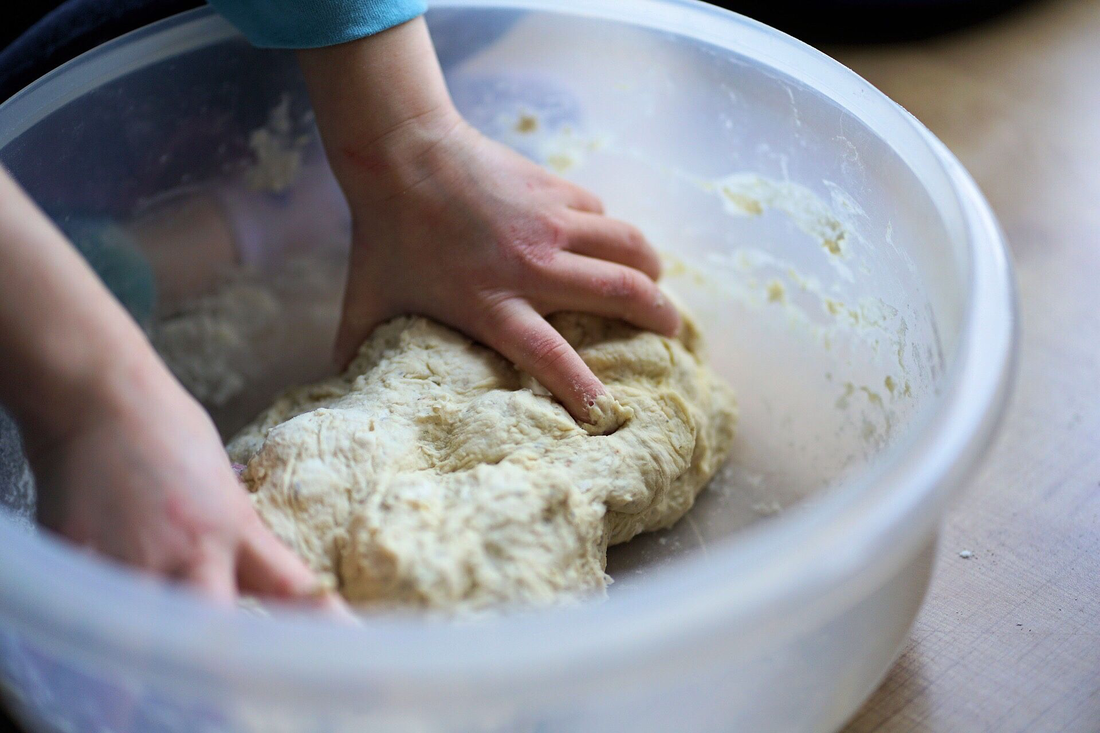

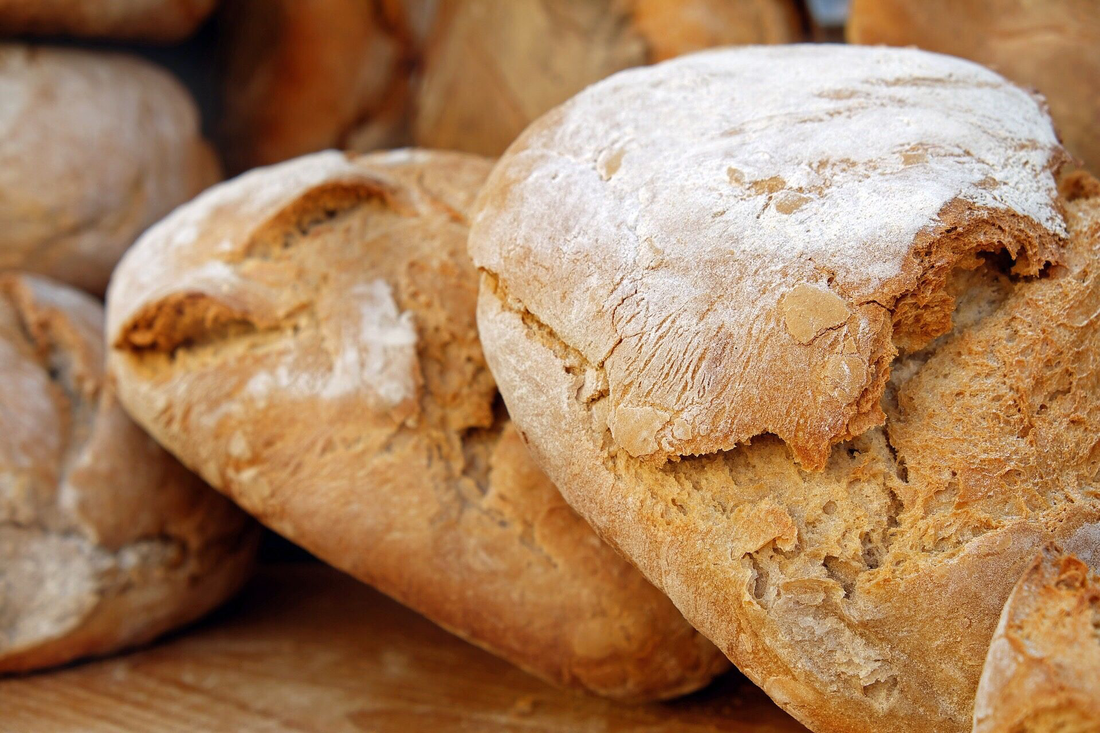


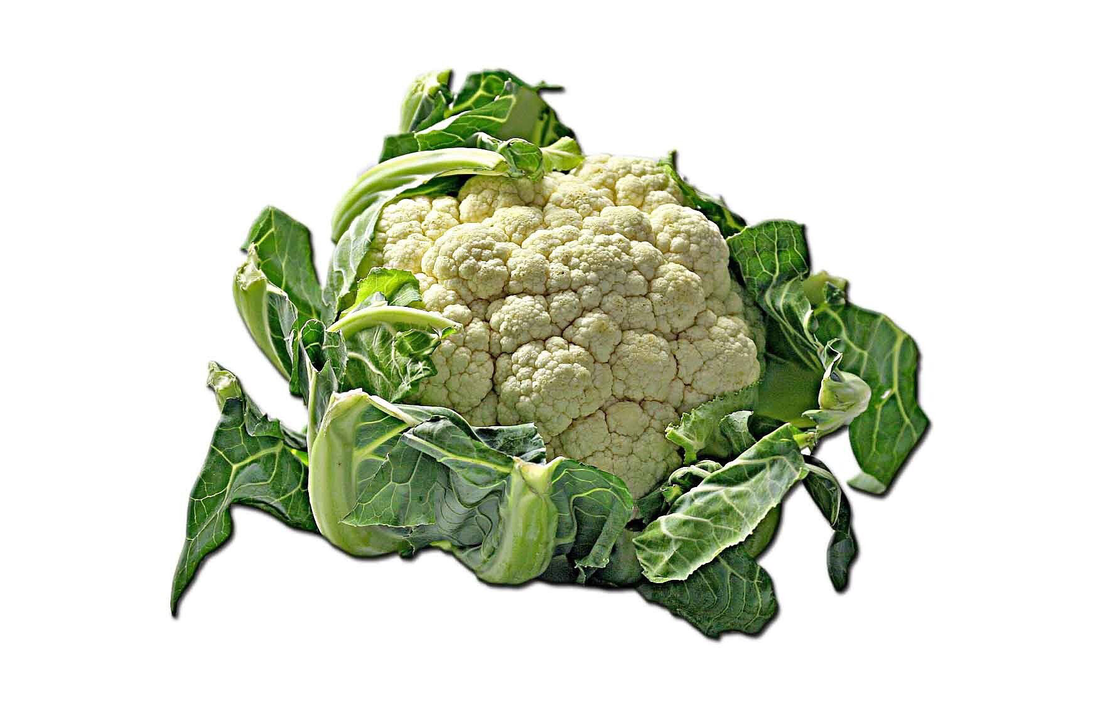
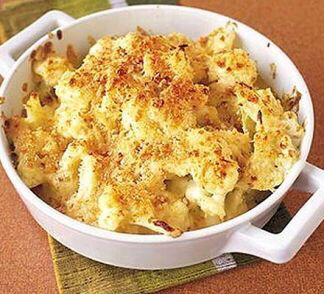


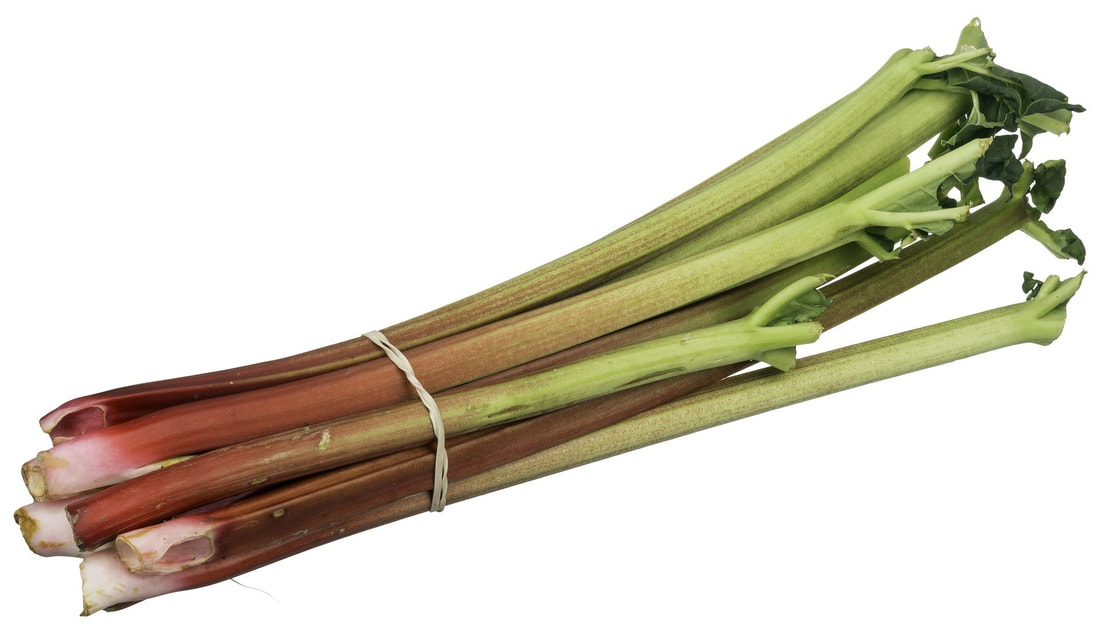
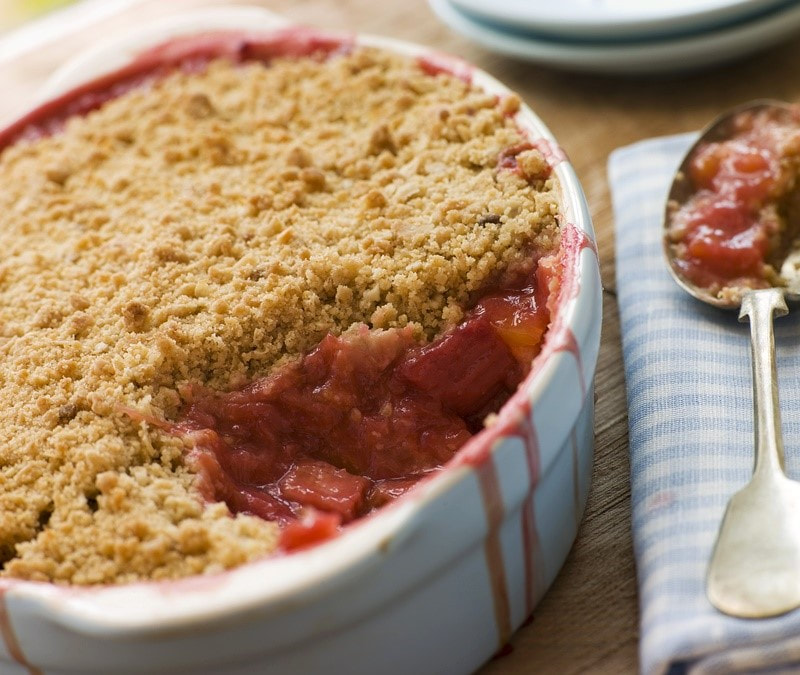


 RSS Feed
RSS Feed

